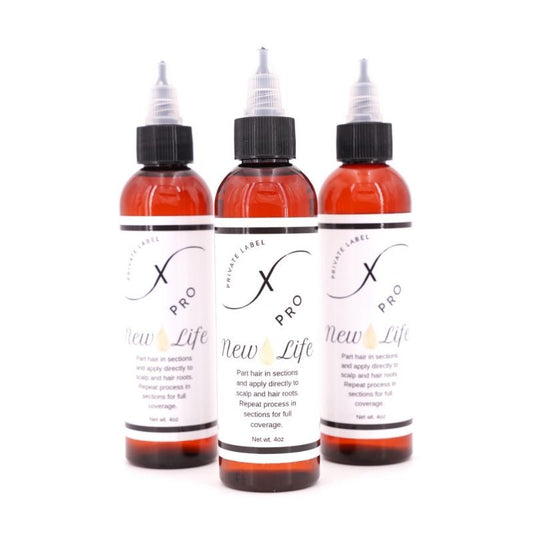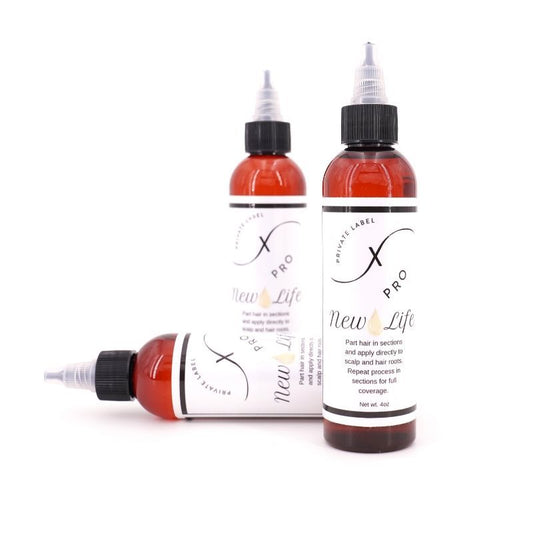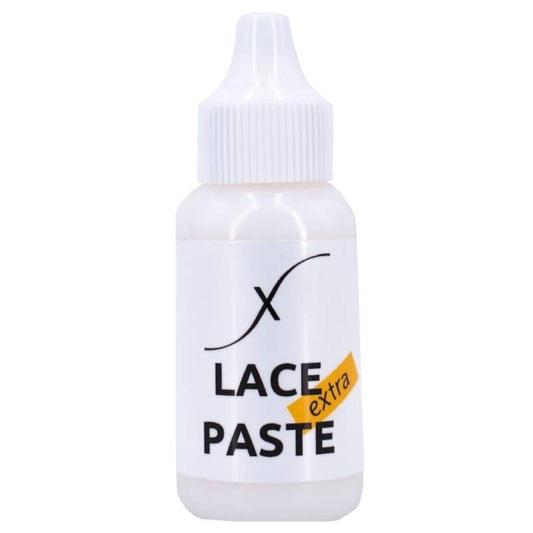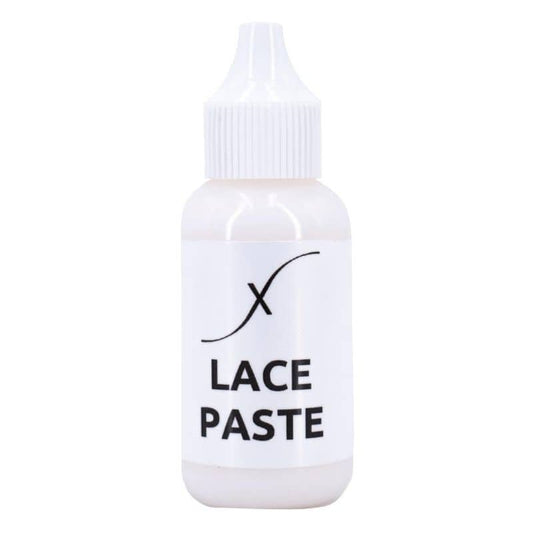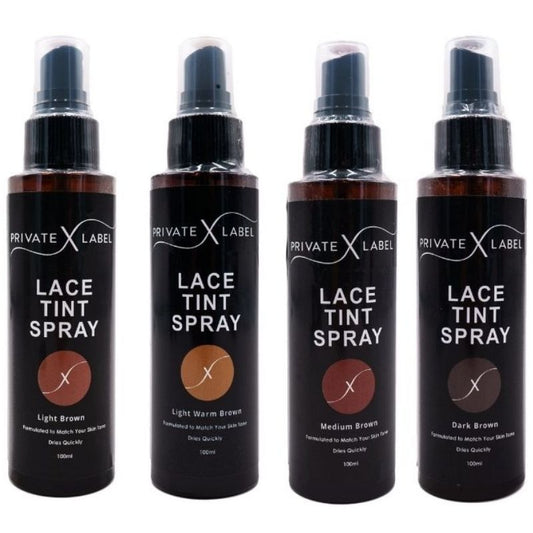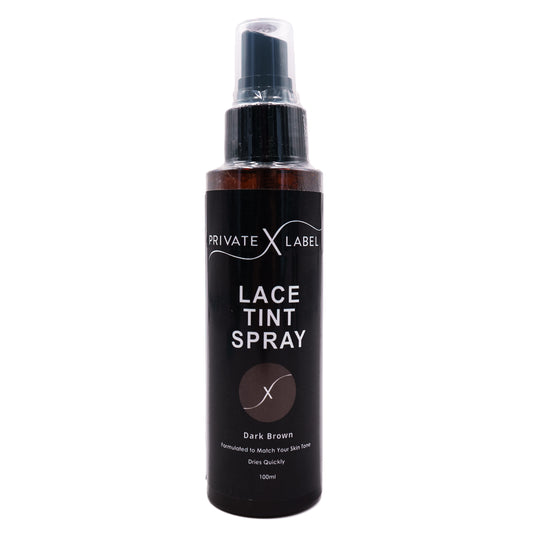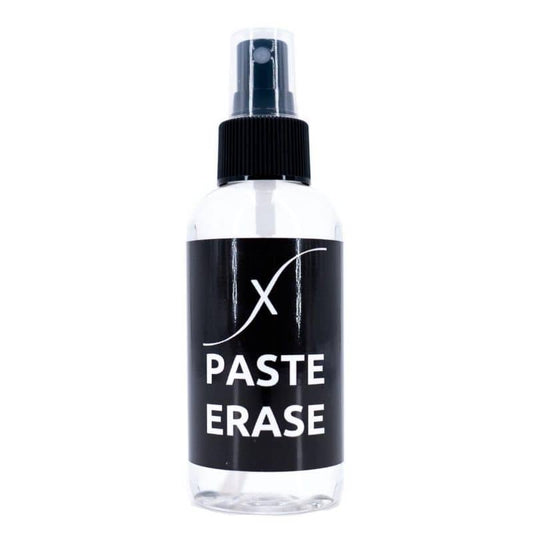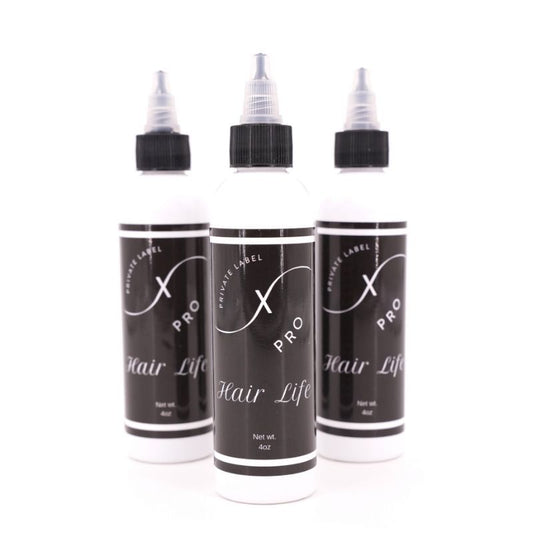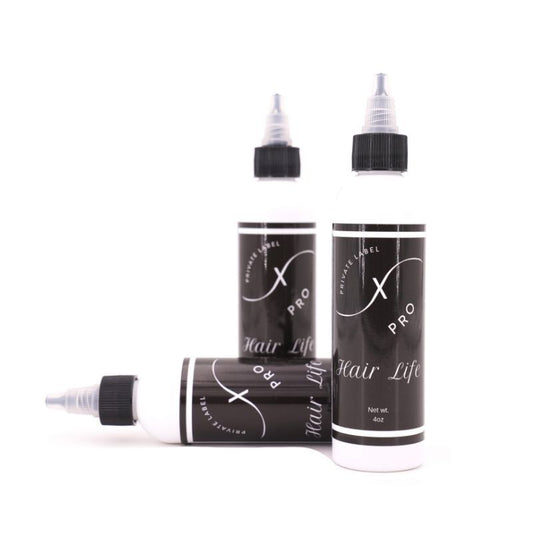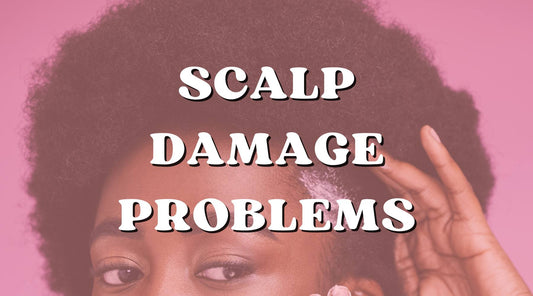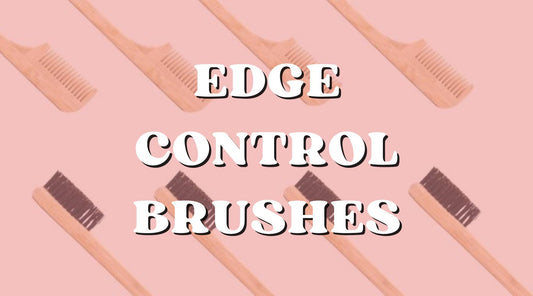1260 Memorial Drive
Atlanta, Georgia 30316
404-458-1330
7 Big Styling Mistakes for Breakage-Prone Hair
Mikey MoranLet's talk about breakage-prone hair, ladies.
Yes, let's go there. We're chatting about the little pieces of hair scattered all over the bathroom floor and sink.
Let's discuss those tiny hairs on your shoulder and your bedroom pillows.
Let's have a conversation about how much hair breaks off after a simple blowout. Breakage isn't a fun topic, but we can't continue to sweep it under the rug.
I know all of this firsthand because I have breakage-prone hair. While it's no fun to have hair that easily snaps and breaks off, you don't have to accept breakage as your ultimate fate.
How do you know if you have breakage pone hair? And when to use Human Hair Bundles!
Well, if you notice little hairs around your home and on your clothes after styling or just running your fingers through your hair, then you have breakage-prone hair. ❤️🩹
But don't despair. Just because Mother Nature dished it out doesn't mean you can't fight back. We can't change our DNA, but we can improve our styling habits that increase the amount of breakage and damage to our hair.
We are all born with a specific porosity to our hair. Some of us have low, medium, or high porosity hair. Low porosity hair means that the cuticles on your hair shaft are closed tightly, making it difficult for moisture to get in.
Medium porosity hair means that your cuticles are neither closed tightly nor opened wide.
So, moisture gets in and gets out at an average rate. High porosity hair, such that the cuticles on your hair shaft are always open, makes getting moisture in more natural, but it's difficult to retain the moisture you put in.
If you suffer from your hair breaking off quickly, then you most likely have low or high-porosity hair.
Having high or low porosity hair does not automatically mean that your hair is prone to breakage, but knowing your hair porosity will help you understand how to handle it.

Mistake #1: You Skip Deep Conditioning
If you have hair that breaks off easily, then you can't afford to skip out on deep conditioning.
Breakage-prone hair means that your hair has a weakness in its hair shaft. A weak hair shaft isn't always a result of something you're doing.
However, repetitive damaging practices can cause permanent damage to what was once healthy hair.
If you're skipping your weekly deep conditioning treatments, then you're cheating your hair out of some significant anti-nourishing perks!
Deep conditioners are created to penetrate the hair shaft and deliver vital nutrients to your cortex or the core of your hair shaft.
In addition to nutrients, deep conditioners also help repair damage and fortify weak areas in your hair. Breakage-prone hair either lacks moisture and protein or requires an adequate balance of both.
Lacking these things can be genetic or a result of styling mistakes.
If you notice little broken hairs sprinkled around your vanity after you've styled your hair, you can't afford to skip deep conditioning your hair.
The Fix – Weekly Deep Conditioning Treatments
If you've been skipping out on your weekly deep conditioning treatments, then your fix is simple. Grab a bottle of deep conditioner and commit to weekly treatments.
The type of deep conditioner you use depends on your hair needs. If you notice that your hair is lacking moisture and feels brittle to the touch, then you probably need more moisture in your hair.
Look for ingredients such as coconut oil, honey, and olive oil. Those types of elements boost the moisture levels that are lacking and cause breakage in your hair. Hair that feels soft but is weak to the touch is lacking protein.
Protein-deficient hair breaks easily because our hair is made of protein, which makes it healthy. Think of a protein deficiency as a step missing in your ladder.
If this sounds like your hair, you must grab a deep conditioner with oats, wheat, keratin, soy, and silk ingredients or use our Hair Growth Serum!
Such components fill in the gaps where your hair's natural proteins are missing and act as a barrier against styling damage that will break off your hair.
An important tip to remember is that before applying your deep conditioner, use steam to open up the cuticles on your hair.
Once you're ready to rinse out your conditioner, rinse your hair in the coldest temperature that you can handle.
Rinsing hair in cold water closes the cuticles on your hair shaft, which helps you retain the benefits of your deep conditioner.

Mistake #2 – Using High Heat
The second big styling mistake you are making is using a heat setting that is too hot for your hair.
Breakage-prone hair is weak because of the lack of protein and moisture in the hair shaft. Direct heat challenges both.
Because the hair is naturally weak, it is unable to withstand direct heat like blow-dryers, flat irons, and curling irons.
The heat from these tools breaks down the hair's proteins and zaps the moisture out of your hair.
If you're heat-styling your hair, it's essential to keep up with your weekly deep conditioning treatments and watch the temperature on your heat tools.
The Fix – Keep It Low
Just because you have breakage-prone hair doesn't mean that you can't wear heat styles. I have hair that breaks off, and I've managed to maintain my hair growth while enjoying heat styling.
The key to safely using heat on your hair is to keep the heat low. It's a misconception that high temperature is required to achieve silky straight hair.
Hair products and techniques play a considerable role in how well your heart style comes out.
Did you know that you can blow dry your hair on cool and still get a super straight blowout?
The same goes for flat ironing your hair. If you hear crackling and popping as you drag your flat iron down your hair, then your heat is probably set too high.
Your flat iron should effortlessly glide through your hair without snapping off. If you're unsure what heat setting is appropriate for your hair, schedule a hair consultation with your stylist to gain some insight.
For experimenting at home, start by setting your heat to low and compare your results.
If you've adjusted your heat setting and your technique and are experiencing breakage, then consider using a hooded dryer instead of a blow dryer.
Hooded dryers provide a wide variety of styling options by blowing indirect heat onto your hair. You can achieve everything from curls, a silk press, and even a twist-out with a hooded dryer.
Purchasing a hooded dryer can be a substantial investment, but the hefty purchase will save your hair from further breakage.

Mistake #3 – Using Harsh Tools
The third styling mistake you are making is using the wrong styling tools.
Hair tools are not compatible with all hair types.
Combs and brushes all play a vital role in our styling routines. But misusing them, and too often, will cause breakage to your hair.
To Brush Wet or Dry? That Is the Question
When you have breakage-prone hair, it seems like there is never a good time to brush it.
The type of comb or brush you're using is just as important as how you're brushing through your hair.
Using a fine-toothed comb or a brush with plastic bristles is too harsh for weak hair and will only result in your hair snapping and breaking off.
For brushes, I use a Denman brush to detangle my hair. The Denman brush has a silicone pad that helps my hair gently glide as I pull the brush through my strands.
The Denman brush also has pointed silicone bristles that softly separate my coils without tearing them apart in a harmful manner.
The great thing about the Denman brush is that you can choose between fewer or more rows of teeth. If you have weaker hair that doesn't handle friction well, you can select a brush with fewer rows of teeth.
When I'm using a brush for styling, I only use a brush with boar bristles. Boar bristle brushes are gentle on your hair and smooth your strands into your desired style instead of pulling like a brush with plastic bristles.
Plastic bristles are hard, non-flexible, and don't conform to the natural movement of your hair. Synthetic bristles also dry your hair very dry.
Since my hair is natural, I rarely ever use a comb unless it's straight. In this case, I only use a wide-toothed comb.
Wide-tooth combs are right for your hair because they don't pull or force your curls to separate, unlike fine-toothed combs.
Combs with smaller teeth bombard their way through your kinks and tangles, ultimately ripping out your hair.
If you've never tried a wide-toothed comb on your straight styles, remember that wide-toothed combs are best.
If you're detangling with a wide-toothed comb, do so in the same manner you would with a Denman Brush. Start at the tips and work your way to the roots of your hair.
The Fix – Use Those Hands
That's right!
When in doubt, your hands work perfectly fine! I haven't met a knot that my hands couldn't detangle and a style that my hands couldn't achieve.
The great thing about using your hands is that they have nerves. That means that when you come across a tangle or knot in your hair, you can tell exactly how much pressure to apply until you get it fully unknotted.
If your hair is wet, then it's important that you coat it with a thick conditioner or hair cream before finger detangling. If your hair is dry, then you need to cover your fingers with a moisturizing hair oil before detangling.
Patience is key. It doesn't matter if you're going to detangle your hair with your hands, a wide-toothed comb, or a Denman brush.
Raking through your hair with wild abandon will only leave you with additional breakage. Take your time and use the correct tools to avoid unnecessary breakage to your hair.

Mistake #4 – Using Drying Hair Products
We've already gone over the fact that breakage-prone hair is thirsty for moisture.
Don't dehydrate it any further with the hair products you're using.
Styling products like hairsprays, dry shampoos, and hair gels are all very drying to your hair. I'm not suggesting that you miss out on all the fun hairstyles that you can accomplish with these products.
But I am saying that using them sparingly and choosing the best ingredients will help you avoid harming the state of your hair.
The Fix – Add More Moisture
The fix to this problem is simple: if your hair lacks moisture, add more moisture!
Check the ingredients on your product labels for drying additives like alcohol.
Replace these products with items that are rich in elements like olive oil and argan oils. A staple hair product in my natural hair collection is EcoStyler hair gel.
I can't live without it. While products like EcoStyler gel offer many hair benefits, they are still hair gels, and hair gels are only styling products.
It is vital that hair gel is not the only product that you put on your hair. I know that my hair easily breaks, so I make sure to put as much good into it as I possibly can.
Right after I've rinsed my conditioner out, I use grapeseed oil to immediately start the process of replenishing the oils in my hair.
Grapeseed oil contains vitamin E, which promotes hair health and growth. Next, I apply a lightweight leave-in conditioner like Curls Blueberry Bliss Reparative Leave-in Conditioner.
This leave-in conditioner helps repair damaged hair and prevent breakage, which is precisely what my weak hair needs.
After that, I apply my styling gel to help mold my hair into whatever style I'll be wearing for the week.
I also mist on a light moisturizing oil, like Organix Kukui Oil Hydrating Mist, to keep my hair moisturized throughout the week.
The key here is to stack your moisturizers so that your hair gets plenty of nourishment and can combat the drying products that you use to style it.
Find the products that work best for your hair and stick with the regimen that helps you avoid using overly drying products.

Mistake #5 – Tight Styles
Mistake number five is how tightly you're styling your hair with tension-based styles.
I once had a hair stylist tell me, "If it ain't tight, it ain't right." Although I'm not a licensed cosmetologist, I can confidently share that I don't agree with this thought process.
Over the years, I've learned that my hair can't handle tight styles. Too much tension on my hair causes it to snap and break off.
My style might look cute, but the aftermath is that I ended up losing more hair than what I started.
My line of thinking is that a functional style is a neat style. If you're wearing French braids as a protective style, they don't necessarily have to be so tight that you suffer a headache in the aftermath.
Braids only need to be neat and carefully done. My stylist, who does my protective styles, knows that I have breakage-prone hair and manages to braid it neatly with hardly any discomfort or damage.
Don't subscribe to tight is right. No style is worth your hair breaking off.
The Fix – Loosen Up
If you're going to wear your hair in a style, it's simple: loosen up!
If you're going to wear a ponytail, you don't have to give yourself a facelift.
Just because you have breakage-prone hair doesn't mean that you can't enjoy wearing braids and weaves.
Your stylist should be experienced and professional enough to style your hair in a way that is secure without damaging your length.
If you wear your hair in a bun or ponytail to the gym, consider keeping it wrapped up or wear a satin scrunchie instead of an elastic band.
Over time, elastic bands wear down on your hair, and the friction causes breakage.
Even if you're wearing it for a quick sweat session, the stress of that band is too much for breakage-prone hair. If you're self-conscious about wearing your hair wrapped up in the gym, consider putting on a cute hat or scarf.
You might be one step closer to reaching your fitness goals, but you don't want a setback on your hair goals.
Experiment with wearing looser hairstyles when you're styling your hair. No cute style is worth the breakage that comes along with it.

Mistake #6 – You're Not Protecting Your Hair
Mistake number six is probably the most critical mistake on this list.
You can do everything right for your hair, but if you're not protecting it, you're taking ten steps backward.
Those of us with breakage-prone hair have to keep the health of our hair in the forefront of our minds.
It might seem like a lot of work, but you can't go a day without doing everything in your power to protect your hair from elements that pose a threat.
Swimming
If you love to swim, then you need a regimen in place that keeps your hair cleansed and moisturized.
Chlorine and saltwater both suck the moisture out of your hair. It's vital that you don't wash your hair too much, as clarifying shampoos strip your hair of the right oils needed for optimum health.
Make sure that you're following The Fix for Mistake #1 and deep conditioning after each shampoo to replenish the nutrients your hair needs to thrive.

Use a Heat Protectant
We've talked about heat styling before, but it can be so damaging that it's worth mentioning again.
If you're using direct heat on your hair, you need to make sure that you're using a heat protectant before you use any heat tools.
Even if you're using low heat, your hair still needs that barrier of protection around it to keep from incurring any damage.
The Fix – Keep It Covered
A hairstylist once told me that keeping your hair covered is like taking a multivitamin.
There are many benefits to keeping your breakage-prone hair covered and protected.
Sleeping
The only thing that should come between your head and your pillow is your bonnet or scarf.
Wearing satin or silk bonnet protects your hair from drying friction and breakage.
Even if you're not sleeping, you still need to cover your hair if you're lounging on your couch or lying in your bed. Ladies, plain and simple: Protect your hair at all costs!
Cold weather
Don't let a cold snap snap off your hair! Cold weather can be extremely drying on your hair.
The frigid temperatures and harsh winds pull every bit of moisture out of your strands.
The best thing to do in the dead of winter is to protect the ends of your hair by wearing a loose bun or a French braid.

Mistake #7 – You're Not Taking Breaks
We all need breaks. We take lunch breaks, potty breaks, and vacations.
Taking breaks isn't only for people; our hair needs a break as well.
If you have breakage-prone hair, then taking a break will give your hair a chance to recover from daily stress and give it an opportunity to grow without interruption.
If you're skipping out on taking a break from styling your hair, then you're missing out on weeks or months of hair growth!
The Fix – The Power of Protective Styles
If you haven't started wearing protective styles, then you are way behind the curve.
Protective styles are not only fantastic for the health of your breakage-prone hair, but they are also cute and give you the opportunity to try something new with your hairstyle.
A protective style means that your natural hair is put away, preferably braided, and that the hair that is exposed is some hair extension.
Still not sold on wearing protective styles? Think of it this way: Have you ever wondered why it seems like your hair is not growing?
It's because of your breakage. If your hair grows an inch in one month, but you lose an inch in due to damage, then you're running on a hamster wheel.
Protective styles allow your hair to rest in a healthy environment. If done correctly, your protective style is a spa retreat for your hair.
It's crucial that you don't just wear a protective style but that you take care of your natural hair undeath it to avoid breakage when you take it down.
Make sure that you thoroughly shampoo and deep condition your hair before you install your style.
Then, make sure that you apply a moisturizing hair oil and nourishing cream to lock in the moisture.
So, what types of protective styles should you try? Your options are endless!
Private Label Extensions has a vast selection of hair extensions for sew-ins, clip-ins, wigs, and ponytails. You can even mimic your natural texture with PLE's kinky curly hair extensions.

Give Your Hair a Little TLC!
We can't choose the cards we are dealt, but if we are strategic, we can play a winning hand!
I grew up around women who had long hair that just seemed to grow and grow.
Having breakage-prone hair made me feel very frustrated. It was difficult for me to understand why I struggled to retain any length in my hair when others could grow their hair down their backs with ease.
Once I decided to stop fighting against my hair and start working with my hair, that's when I started learning what my hair needed to thrive.
The best thing you can do for your hair (and for yourself) is not to compare it to anyone else.
Your hair is uniquely yours, and it's possible to reach your hair goals with a little patience, experimenting, and persistence.
Be gentle with your styling, use nourishing products, and remain consistent with your regimen.
Leave a comment below and share how you manage your breakage-prone hair. 👇🏾

